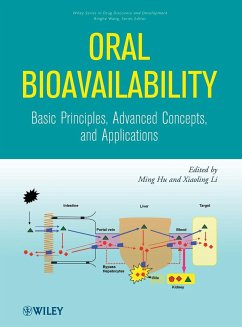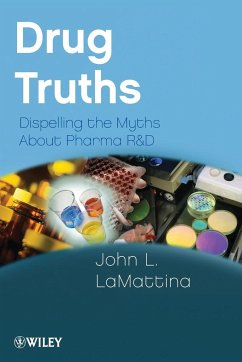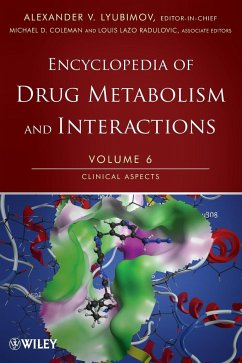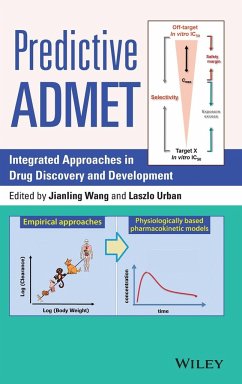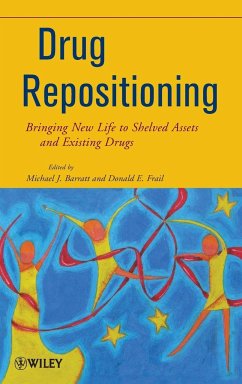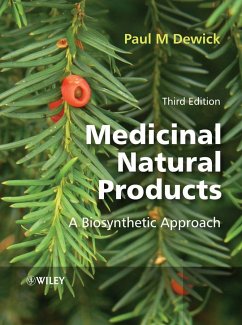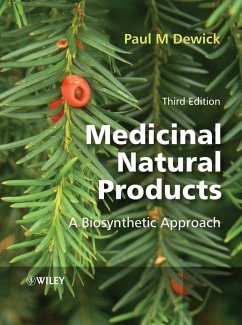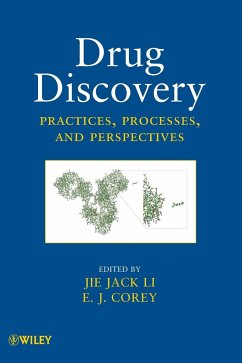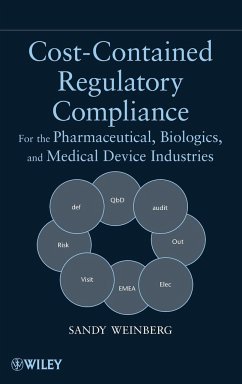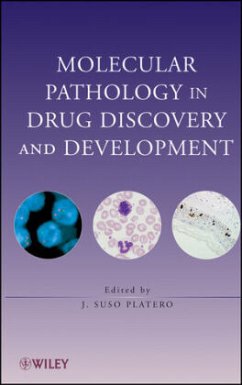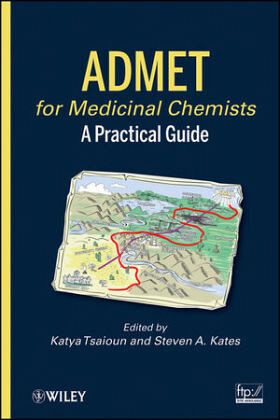
Admet for Medicinal Chemists
A Practical Guide
Herausgegeben von Tsaioun, Katya; Kates, Steven A.
Versandkostenfrei!
Versandfertig in über 4 Wochen
152,99 €
inkl. MwSt.
Weitere Ausgaben:

PAYBACK Punkte
76 °P sammeln!
Early ADMET explained: an integrated approach to successful drug developmentThis practical guide provides medicinal chemists insights into the field of early ADMET (Absorption, Distribution, Metabolism, Excretion, Toxicology), giving them a how-to for implementing early ADMET testing in their workflows, and maximizing the success of drug candidates in preclinical and clinical studies.The emphasis and themes illustrate the required collaboration and communication between team members from different specialties, such as chemists, biologists, formulators, toxicologists, and preclinical and clinic...
Early ADMET explained: an integrated approach to successful drug development
This practical guide provides medicinal chemists insights into the field of early ADMET (Absorption, Distribution, Metabolism, Excretion, Toxicology), giving them a how-to for implementing early ADMET testing in their workflows, and maximizing the success of drug candidates in preclinical and clinical studies.
The emphasis and themes illustrate the required collaboration and communication between team members from different specialties, such as chemists, biologists, formulators, toxicologists, and preclinical and clinical development specialists. The book demonstrates how this collaborative approach addresses long-standing productivity issues in the pharmaceutical industry, accelerates positive results, and helps improve the commercialization rate for therapeutic agents.
Written by a group of experts from diverse disciplines, ADMET for Medicinal Chemists covers all key areas of the drug development process, including:
Technical considerations when selecting preclinical drug candidates
Guidelines for how to avoid pitfalls during drug design and discovery
Proven cutting-edge approaches to preclinical studies and drug design
Essential computer methods for designing molecules with desired properties
Absorption and physicochemical properties of New Chemical Entities (NCE)
The concepts underlying pharmacokinetics
Assays for testing cardiac safety, genetic toxicity, and hepatic toxicity
In vivo toxicological considerations and complying with FDA requirements
This practical guide provides medicinal chemists insights into the field of early ADMET (Absorption, Distribution, Metabolism, Excretion, Toxicology), giving them a how-to for implementing early ADMET testing in their workflows, and maximizing the success of drug candidates in preclinical and clinical studies.
The emphasis and themes illustrate the required collaboration and communication between team members from different specialties, such as chemists, biologists, formulators, toxicologists, and preclinical and clinical development specialists. The book demonstrates how this collaborative approach addresses long-standing productivity issues in the pharmaceutical industry, accelerates positive results, and helps improve the commercialization rate for therapeutic agents.
Written by a group of experts from diverse disciplines, ADMET for Medicinal Chemists covers all key areas of the drug development process, including:
Technical considerations when selecting preclinical drug candidates
Guidelines for how to avoid pitfalls during drug design and discovery
Proven cutting-edge approaches to preclinical studies and drug design
Essential computer methods for designing molecules with desired properties
Absorption and physicochemical properties of New Chemical Entities (NCE)
The concepts underlying pharmacokinetics
Assays for testing cardiac safety, genetic toxicity, and hepatic toxicity
In vivo toxicological considerations and complying with FDA requirements




